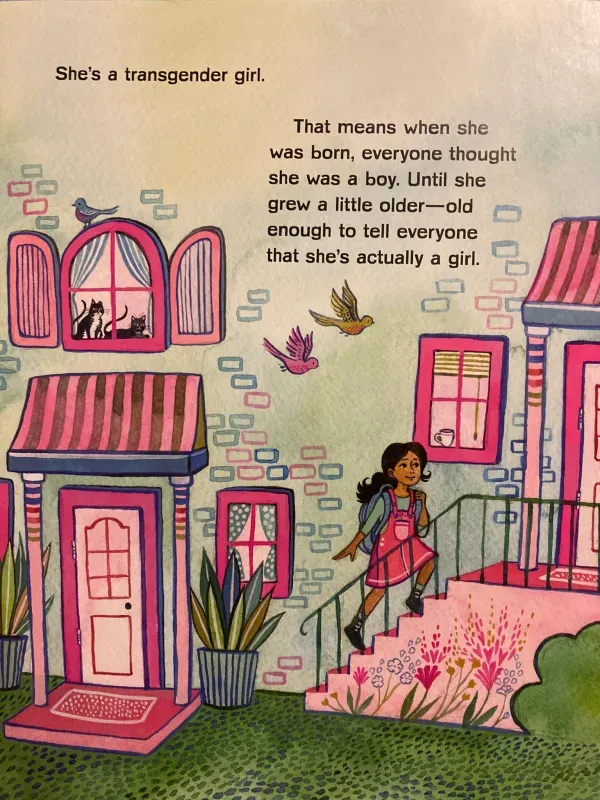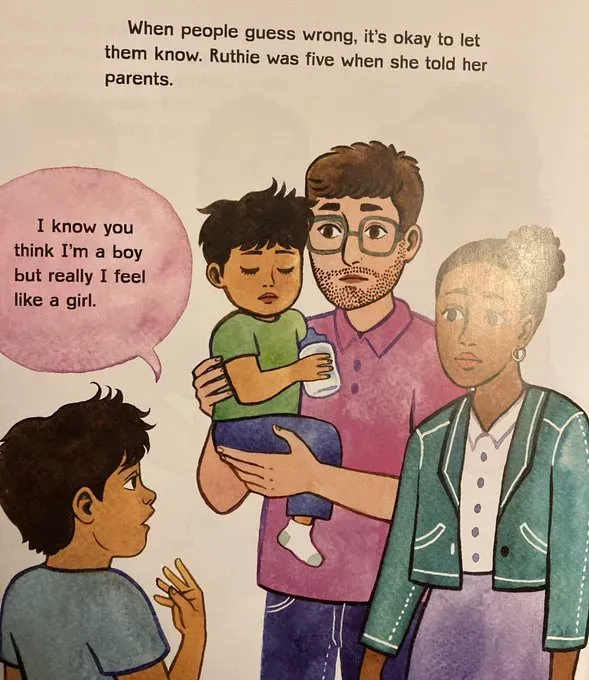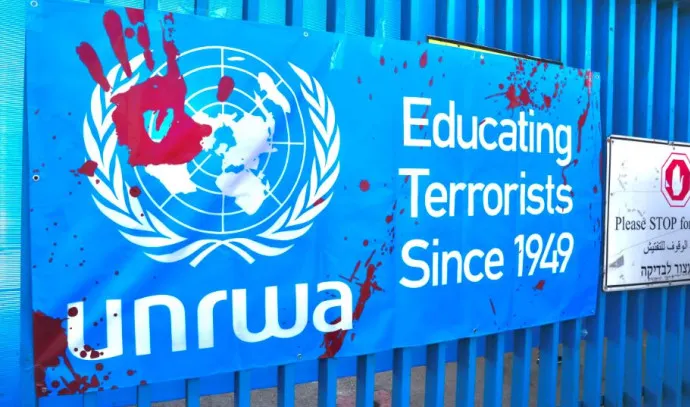Barbara McKenzie
Barbara McKenzie has a PhD in German Literature.
With the school curriculum dominated by radical gender ideology and critical race theory, and every class a Maori language lesson, small wonder there’s no time to teach numeracy and literacy.
Achievement in NZ education is plummeting, with very poor results for the core basic skills of reading, writing and arithmetic, traditionally considered the markers of educational success. However, it is painfully clear that the NZ Ministry of Education no longer sees educating students in these subjects as an essential part of its brief.
The Ministry’s curriculum resources show that its overriding concern is to ensure that every single subject from mathematics to physical education is permeated with extremist gender theory, Maori language, and the nurturing of racial hatred, not to mention barefaced lies about climate change wiping out polar bears. Meanwhile, facts, objective and disciplined thinking, and time-honoured values are to be despised.
A prime example of this policy is the Ministry’s guide to ‘Relationships and Sexuality Education’ (Years 1–8), which decrees that:
Quality RSE policies and programmes enable young people to:
• challenge homophobia, transphobia, sexism, and gender-based violence
• interrogate the ongoing effects of colonisation
• study the environmental impacts of changes in population growth [sic] and of related issues such as people’s use and disposal of menstrual products
• engage with matauranga Maori
• gain knowledge about the diversity of cultures in Aotearoa New Zealand – including religious diversity
• gain understandings about the strengths of sexual and gender diversity.
‘Relationships and Sexuality Education’ (RSE): how to ensure radical gender theory permeates every aspect of school life
The function of the Ministry of Education’s ‘Relationships and Sexuality Education: Years 1 to 8’ guide is to promote radical gender theory (the word gender appears 209 times). It proposes ‘a whole-school approach to relationships and sexuality education‘ (ie gender theory).
The plan is to ensure that gender theory is a self-fulfilling prophesy. Children are taught that while all babies are ‘assigned’ a sex at birth, ‘a person’s gender may or may not align with their sex assigned at birth‘ (my emphasis).
‘Many akonga at primary and intermediate schools are thinking about their gender identities, and some are aware of their sexual orientation. Akonga with diverse sexual orientations and gender identities have a right to inclusive RSE. Akonga are likely to have whanau or family members who are sexually and gender diverse
• Programmes should acknowledge gender and sexual diversity and make sure that a range of identities is visible in resources.
• Akonga should be addressed by their preferred name and pronouns.’
The impression is created that changing gender is common, natural and desirable. However, Stats NZ found in 2021 that, despite the determined efforts of the education system and a subsequent increase in messed-up children, only 0.8% of the population is transgender].
The resources referred to would include books such as It Feels Good to be Yourself (A Book About Gender Identity) by Theresa Thorn, which strongly promotes the concept of misgendering, ie doctors and parents ‘guessing wrong’ after a birth.


The RSE Guide gives detailed advice on how gender theory should be taught, not only taught in dedicated health education classes, but as a part of every other subject: physical education; English, science, technology, social sciences, the arts, mathematics and statistics. Technology classes, for example, can include gender theory by exploring ‘symbols linked to the gay and transgender rights movements’. In science:
[…] Akonga can:
• consider how biological sex has been constructed and measured over time and what this means in relation to people who have variations in sex characteristics
• consider variations in puberty, including the role of hormone blockers
• explore the role of genetics in constructing debates about gender and sexuality
• challenge gender stereotypes about careers in science
• identify famous male and female scientists and their contributions
• explore what “male” and “female” mean in relation to various living things, for example, plants, sea creatures, and fungi
Gender stereotypes are a pervading theme: the relentless examination, reinforcement and creation of gender stereotypes is a vital weapon in transition grooming.
Every subject must be a lesson in Maori language and Maori culture
The bizarre position that the Maori language can only, and must, survive as a parasite on English is now well established. It seems that the goal is to eventually hybridise NZ English out of existence. All government departments have a Maori name usually promoted over, or instead of, the original English name; documents supposedly in English are dotted with large numbers of unfamiliar Maori words. There is now a policy of universally replacing common English words like family or child with the Maori equivalent, practiced rigorously by government departments.
The Ministry of Education requires schools to apply this language policy throughout the curriculum, so every class is in effect a Maori language class. This is in tandem with the position that every field must convey the Maori worldview, including mathematics. As part of its ‘inclusion policy’ the Ministry’s guide to the ‘Mathematics and Statistics’ curriculum advises schools to ‘Integrate te reo Maori and tikanga Maori into your classroom programme‘.
‘New Zealand’s foundations are bicultural, so tikanga Maori should be at the centre of learning and all teaching should be informed by the kaupapa Maori principles […]
As a resource, the webpage links to a review of Robin Averill (ed): Mathematics and Statistics in the Middle Years: Evidence and Practice (2016), which comments:
‘There is a notable commitment throughout the book to te reo, tikanga and matauranga Maori, through the use of whakatauki, bi-lingual labelling of all sections of the chapters, with the Maori text first, and the inclusion of chapters explaining the teaching and learning of transformation geometry and spatial thinking from a te ao Maori perspective.
The Ministry recently released Phase 1 of its ‘Common Practice Model’ (CPM), described as ‘an important part of the Literacy & Communication and Maths Strategy, which aims to lift educational outcomes for all akonga in Aotearoa New Zealand‘. Needless to say the document itself is a manifestation of the language hybridisation policy, filled with terms perhaps never before seen in an English text: ‘Supporting akonga relationships with maths is kaiako supporting akonga to respond to challenge and be adaptable as well as providing opportunities for reflection.’
Academic and former statistician Dr Michael Johnson comments:
‘The CPM should have contained a detailed description of structured literacy and numeracy teaching and nothing else. Instead, the methods we so badly need our teachers to adopt are swamped by such things as ‘critical pedagogies’, ‘culturally responsive pedagogies’ and ‘multiliteracies’. All of these are distractions and some will actively undermine any attempt to use a structured approach alongside them.’There isn’t the space here to describe all the ways in which these ‘pedagogies’ will harm, rather than foster, sound learning. I will confine myself to one highlight – that of ‘critical maths’.
‘The CPM asserts that “Akonga [students] are encouraged to interrogate dominant discourses and assumptions, including that maths is benign, neutral, and culture-free”.’
‘All this before they even know what mathematics is. There is little enough time as it is during the school years for young people to develop basic mathematical proficiency. I would like to suggest to the Ministry that loading this kind of nonsense on top of that task guarantees further educational failure. But, once again, the Ministry has shown that it simply isn’t listening.’
The Relationships and Sexuality Education (RSE) programme has similar priorities:
The Treaty guides schools to recognise the partnership between Maori and the Crown in the context of RSE in the following ways:
• by partnering with Maori communities (whanau, hapu, iwi) to develop and evaluate RSE programmes
• by explicit recognition and inclusion of te reo Maori, matauranga Maori, and te ao Maori in RSE programmes
Students are expected to be able to name body parts, including genitals, ‘in te reo Maori and in English’. Likewise, the sexuality teaching resource that Family Planning provides for the Ministry, ‘Navigating the Journey’, has been designed to serve concurrently as a Maori language teaching resource, with children encouraged to dot their speech with Maori terms, stressing that Maori words for parts of the body parts should be used in preference to English ones.
Critical Race Theory (CRT)
Critical Race Theory is an off shoot of critical theory which seeks to divide everyone in society into classes of oppressed and oppressors; it is racism and bigotry disguised as their opposite.
The NZ Ministry of Education has a conscious policy of applying critical race theory:
‘People who demonstrate a ‘critical’ understanding of racism, discrimination, white privilege and power in education, are capable of influencing change across the education system and in the fabric of wider society.’
Tactics include making children stand up in class and say what they have done to acknowledge their white privilege. The ostensible justification for this is that if you make Maori children feel they are disempowered victims, it will somehow inspire them to achieve, and if you bury other New Zealand children in guilt, it will somehow make them better people. In fact, it is just another strategy to create racial hatred and division, in the classroom and in the community.
One manifestation is the widely criticised New Zealand Histories curriculum, which presents New Zealand history purely and unashamedly through the lens of Maori radicalism, with no respect for historical fact. The intention is to impress on small children the evils of colonialism, while deliberately perverting history.
One can assume that CRT pervades the currriculum. In the case of ‘Relationships and Sexuality’: ‘Quality RSE policies and programmes enable young people to […] interrogate the ongoing effects of colonisation […]‘.
‘Climate change’
The NZ Climate Change Curriculum is a callous, exploitative and dishonest project whose undisguised aim is to frighten children to death and turn them into activists for the government/UN climate agenda (see The NZ Climate Change Curriculum is Cult Indoctrination and Child Abuse). Climate ideology will be taken as a given throughout the curriculum, with even the RSE programme teaching children to ‘study the environmental impacts of changes in population growth’.
The New Zealand school curriculum is dominated by ideologies. Children are being indoctrinated instead of getting a balanced education: basic subjects are given low priority, and any attempt to teach them is polluted by the agenda. Is it any wonder that children are failing core competencies?
Having ensured that our young people are ignorant, illiterate and screwed up, NZ’s Labour/Green government is hellbent on lowering the voting age to 16. The reason can only be that those parties hope to make sure of support for their radical agenda, and to secure power.
See also:
Relationships and sexuality education: A guide for teachers, leaders and boards of trustee: links to pdfs for RSE guides for years 1–8, and for years 9–13.
New Zealand students record worst results in maths and science (2020): ‘New Zealand’s 13-year-olds have recorded their worst-ever results in a major international maths and science test.‘
Cultural Marxism and the NZ Sexuality Education Curriculum
The NZ Histories Curriculum: More Child Abuse From the Ministry of Indoctrination









